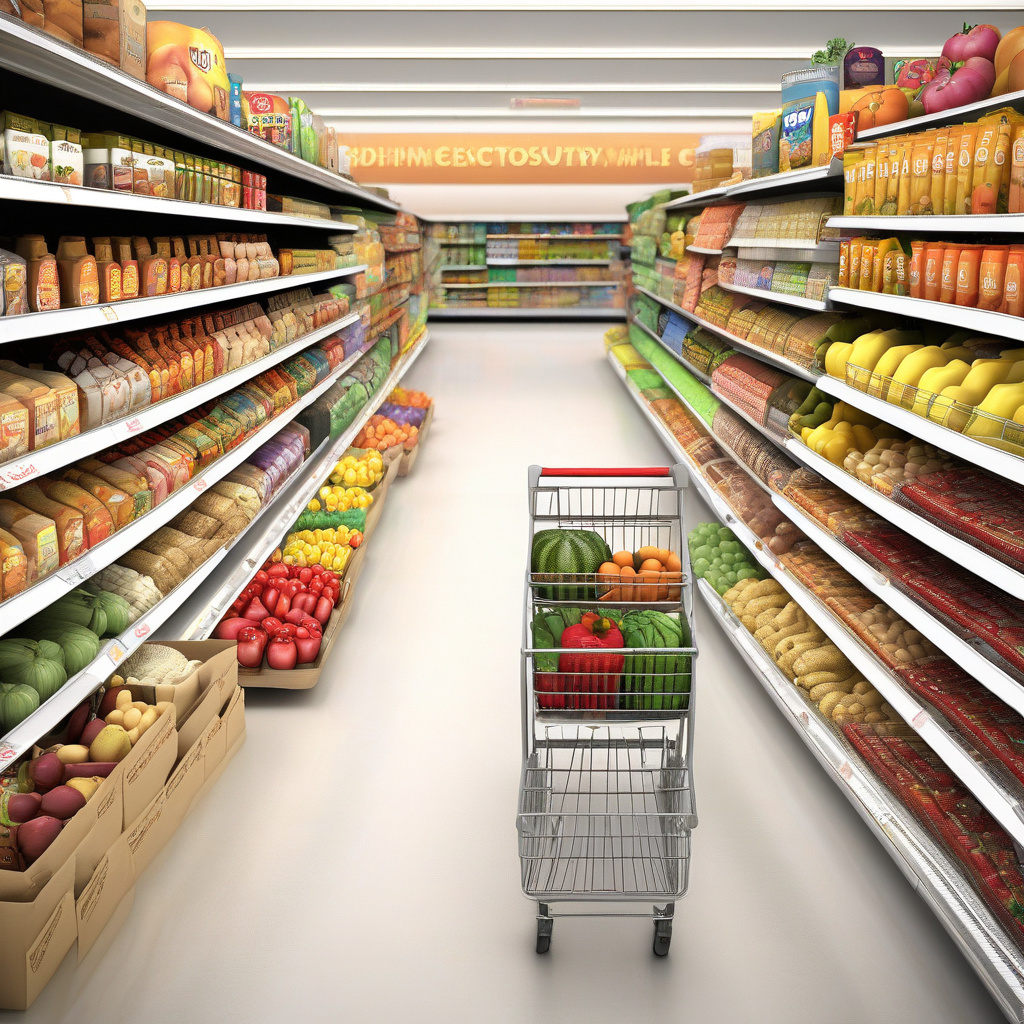Grocery Inflation Slows to Lowest Rate in Nearly 5 Years
The latest Consumer Price Index (CPI) data has brought a glimmer of hope for consumers as grocery inflation has slowed to its lowest rate in almost five years. The overall inflation rate has seen a slight uptick, but it has remained cooler than expected, much to the relief of many households. This trend is particularly evident in several grocery categories, with prices in these sectors actually declining.
One of the key factors contributing to this slowdown in grocery inflation is the intense competition among retailers in the market. With the rise of e-commerce and the increasing popularity of online grocery shopping, traditional brick-and-mortar stores are feeling the pressure to keep their prices competitive. This has led to a scenario where many retailers are absorbing some of the cost increases themselves rather than passing them on to consumers.
Additionally, advancements in technology have played a significant role in helping retailers optimize their operations and cut down on expenses. From automated inventory management systems to AI-driven pricing algorithms, retailers are leveraging technology to operate more efficiently and cost-effectively. These cost savings are then being passed on to consumers in the form of stable or even lower prices.
Moreover, the evolving consumer preferences and shopping habits have also influenced the pricing dynamics in the grocery sector. As more consumers prioritize health and wellness, there has been a surge in demand for organic, natural, and locally sourced products. Retailers are responding to this shift by expanding their offerings in these categories and working directly with suppliers to secure competitive prices.
Furthermore, the ongoing supply chain disruptions and challenges posed by the global pandemic have forced retailers to rethink their sourcing strategies. By diversifying their supplier base, exploring alternative transportation routes, and implementing robust contingency plans, retailers have been able to mitigate the impact of these disruptions on prices.
The recent data indicating a slowdown in grocery inflation is a positive development for both consumers and retailers. For consumers, it means more stable prices and potentially even lower grocery bills. For retailers, it underscores the importance of staying agile and competitive in a rapidly changing market landscape.
As we look ahead, it will be crucial for retailers to continue innovating and adapting to meet the evolving needs and preferences of consumers. By leveraging technology, optimizing operations, and staying attuned to market trends, retailers can not only weather the challenges posed by inflation but also thrive in the highly competitive grocery sector.
In conclusion, the recent slowdown in grocery inflation is a testament to the resilience and adaptability of the retail industry. By embracing innovation, responding to consumer demands, and optimizing their operations, retailers have been able to navigate the challenges posed by inflation and deliver value to their customers.
grocery, inflation, retail, consumer, technology
